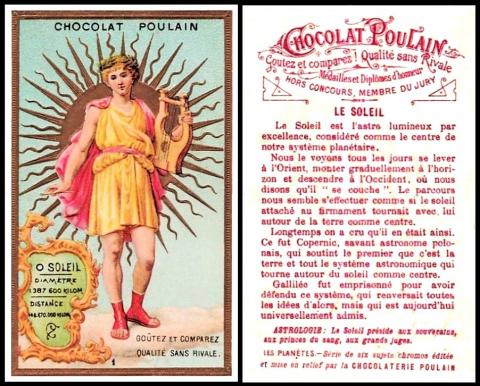
Now today most astronomy is concerned with the moon and the stars, things we see at night. But when the Royal Observatory was founded, it was mainly concerned with tracking the sun, in daylight.
At night, yes, there were the stars, but most short journeys were very much hoped to be accomplished within the sunlit hours.
As an island, we knew the importance of sailing, for trade, and for exploration. And though, at first, when we paddled out on our rudimentary boats, it was not important where we went, only that we went, later on sailors wanted to plot an accurate course, which would allow them to find the land they sought, or to tack round and surprise an enemy at war.
Some of this information was based on the tides, which are fairly regular, until the sum and the moon form certain angles in the sky, and then they give us extra low and extra high tides. The sun was also important though because it was so visible, and as it moved across the sky throughout the journey, slowly, from one side to the other, it was like a torch that shone the route, with the shadows slowly changing in height and in position as the sun changed ends.
This set is of six cards, each one a planet. The figure is based on classical mythology, and in the shield are its diameter, distance from the Earth, and how long it takes to go completely round the sun before returning to where it began. This last figure is not on our card, as it is the sun.
The planets are :
- Le Soleil - The Sun
- La Lune - The Moon
- Jupiter - Jupiter
- Venus - Venus
- Mercure - Mercury
- Mars - Mars
They are actually embossed around the figure, and this is visible on both sides, but does not now show up so well on this picture. It may, therefore, be redone.
The only thing I do not know is the date. Do you?
